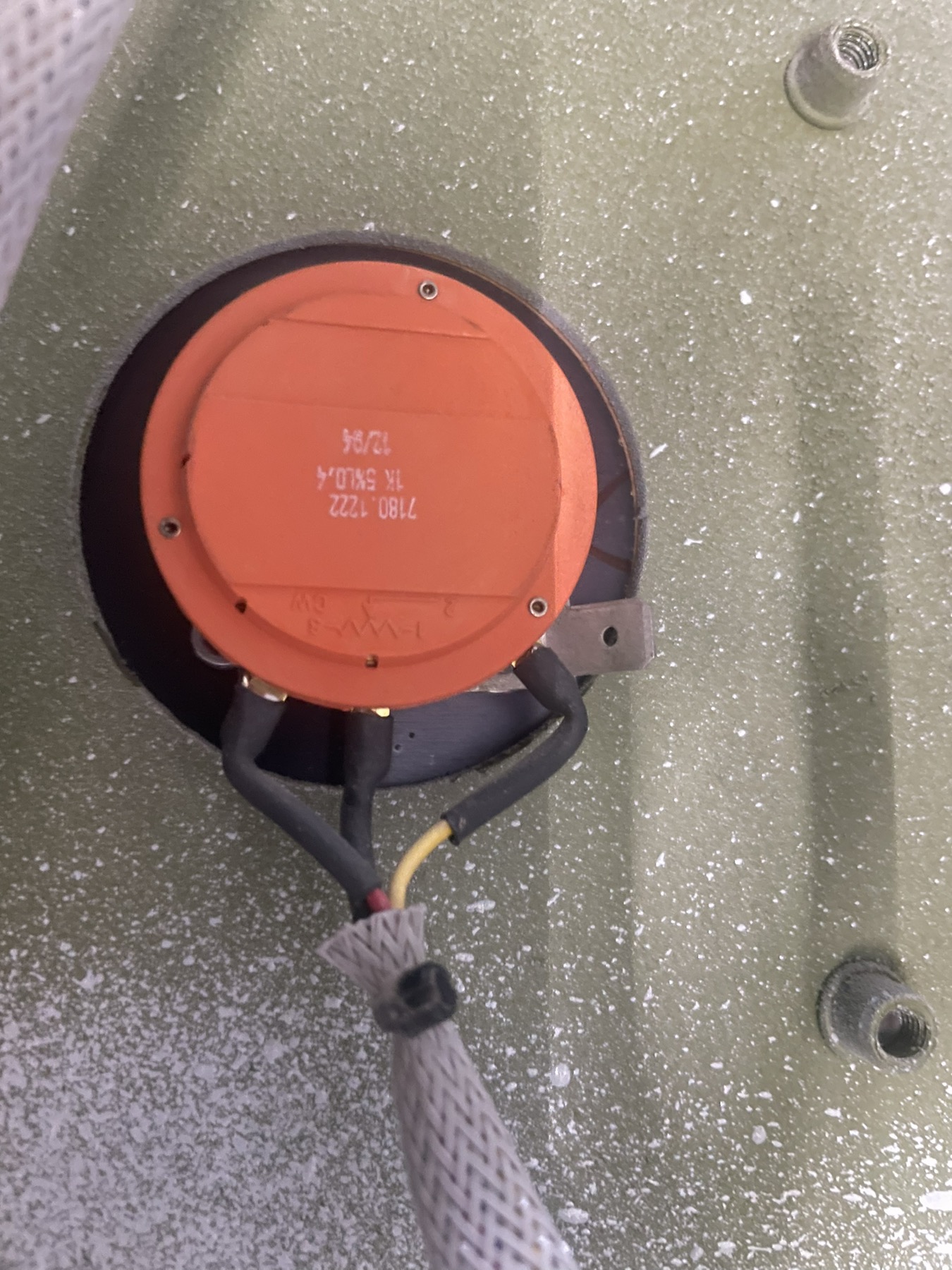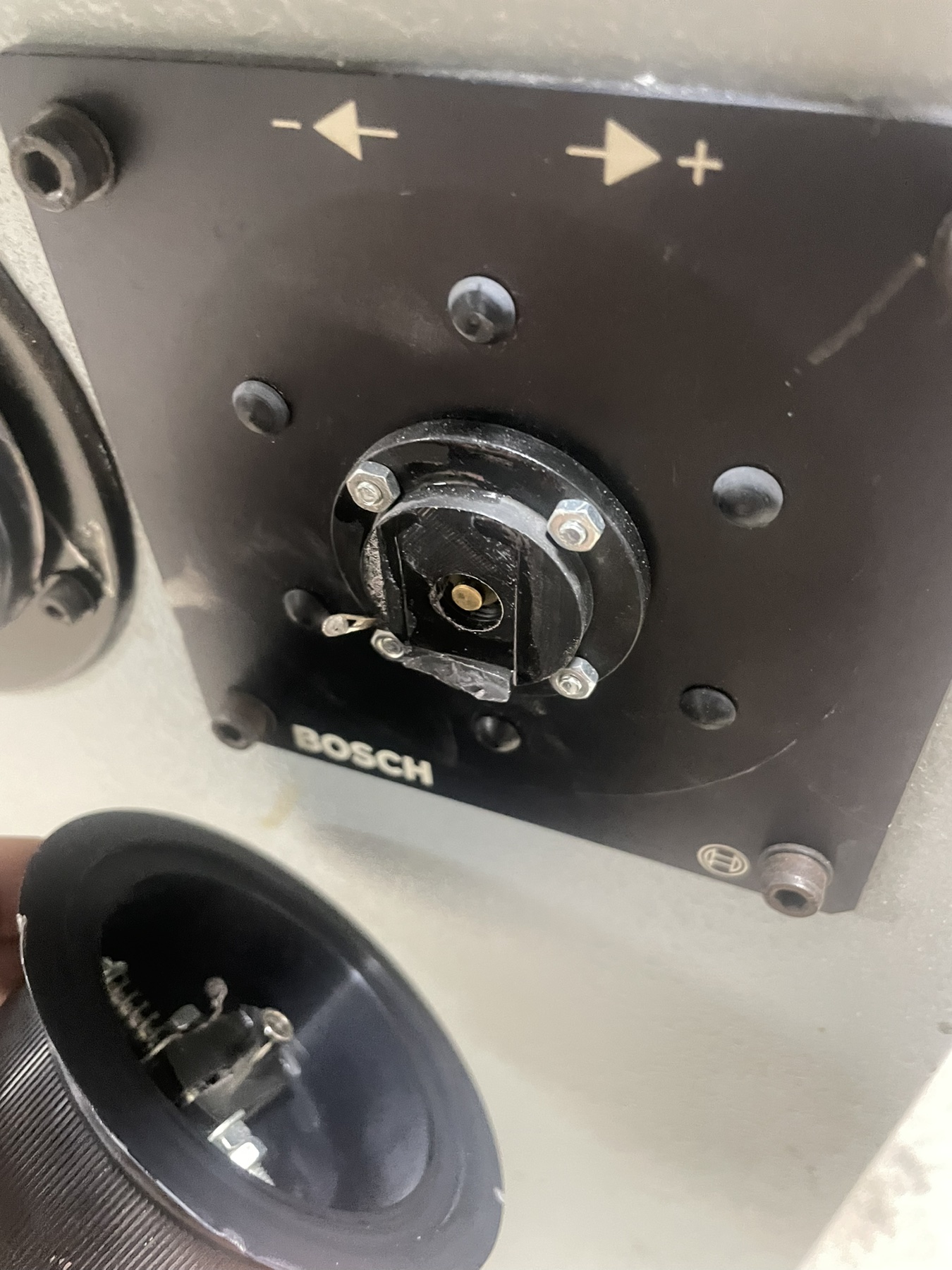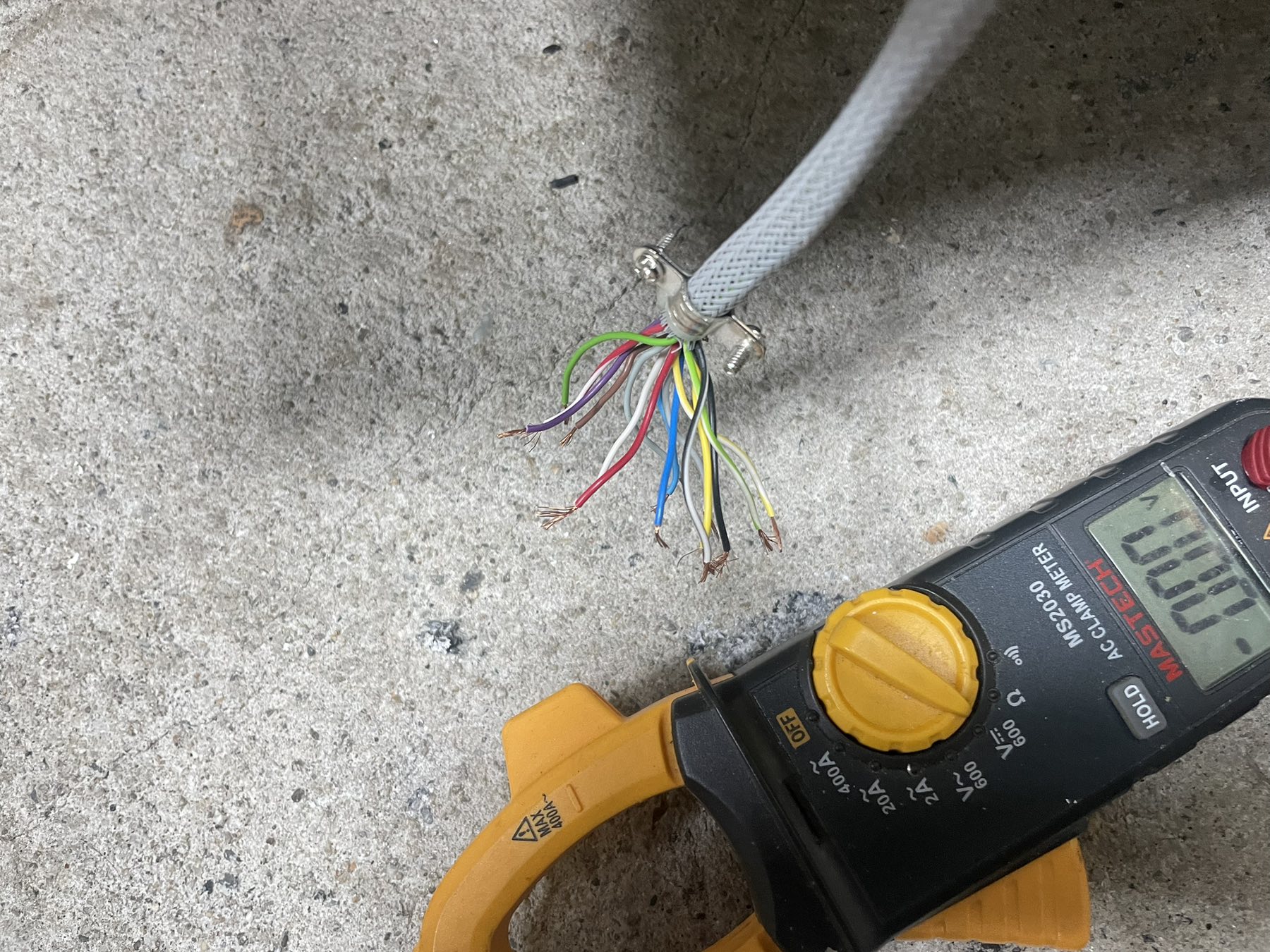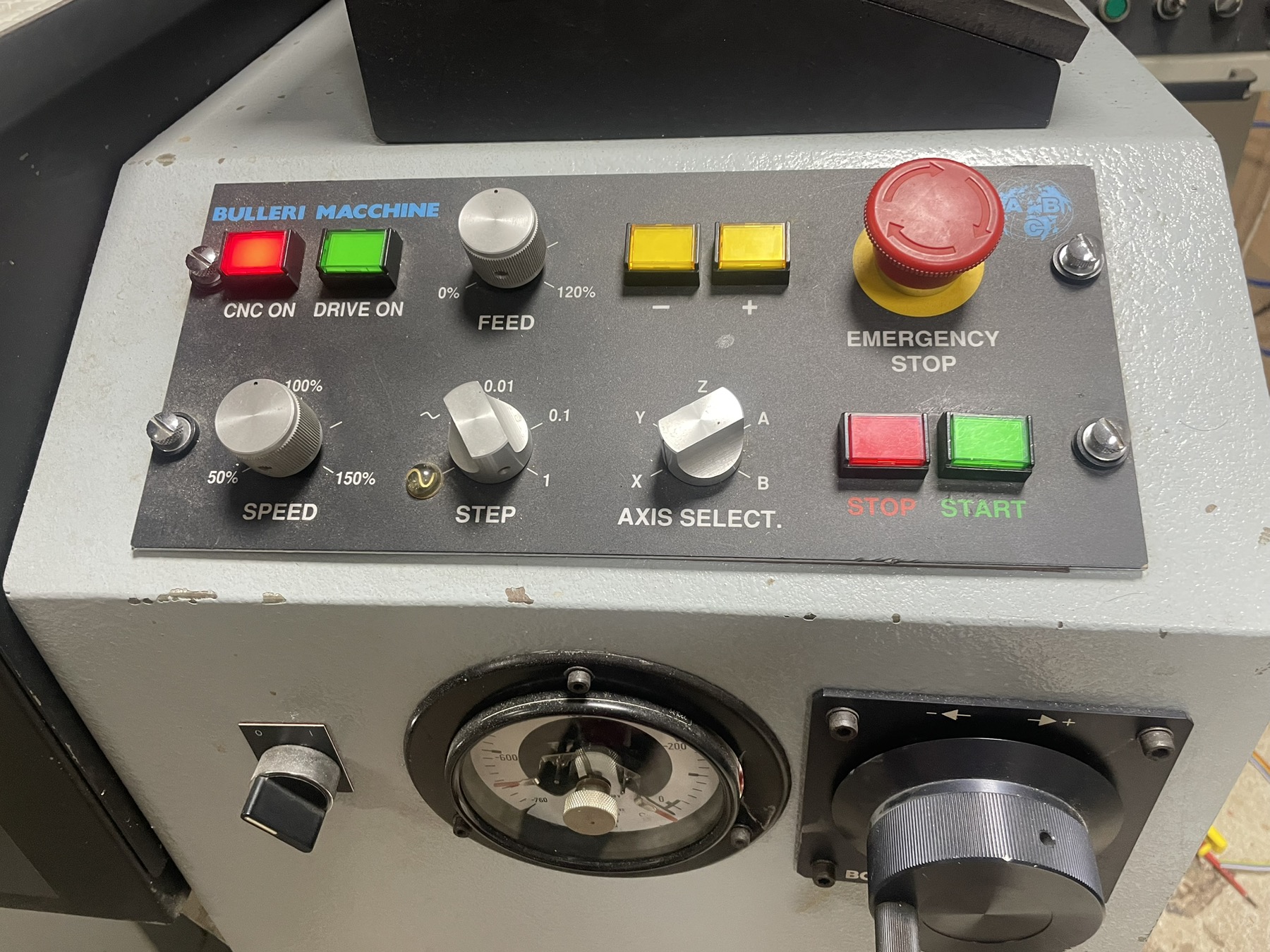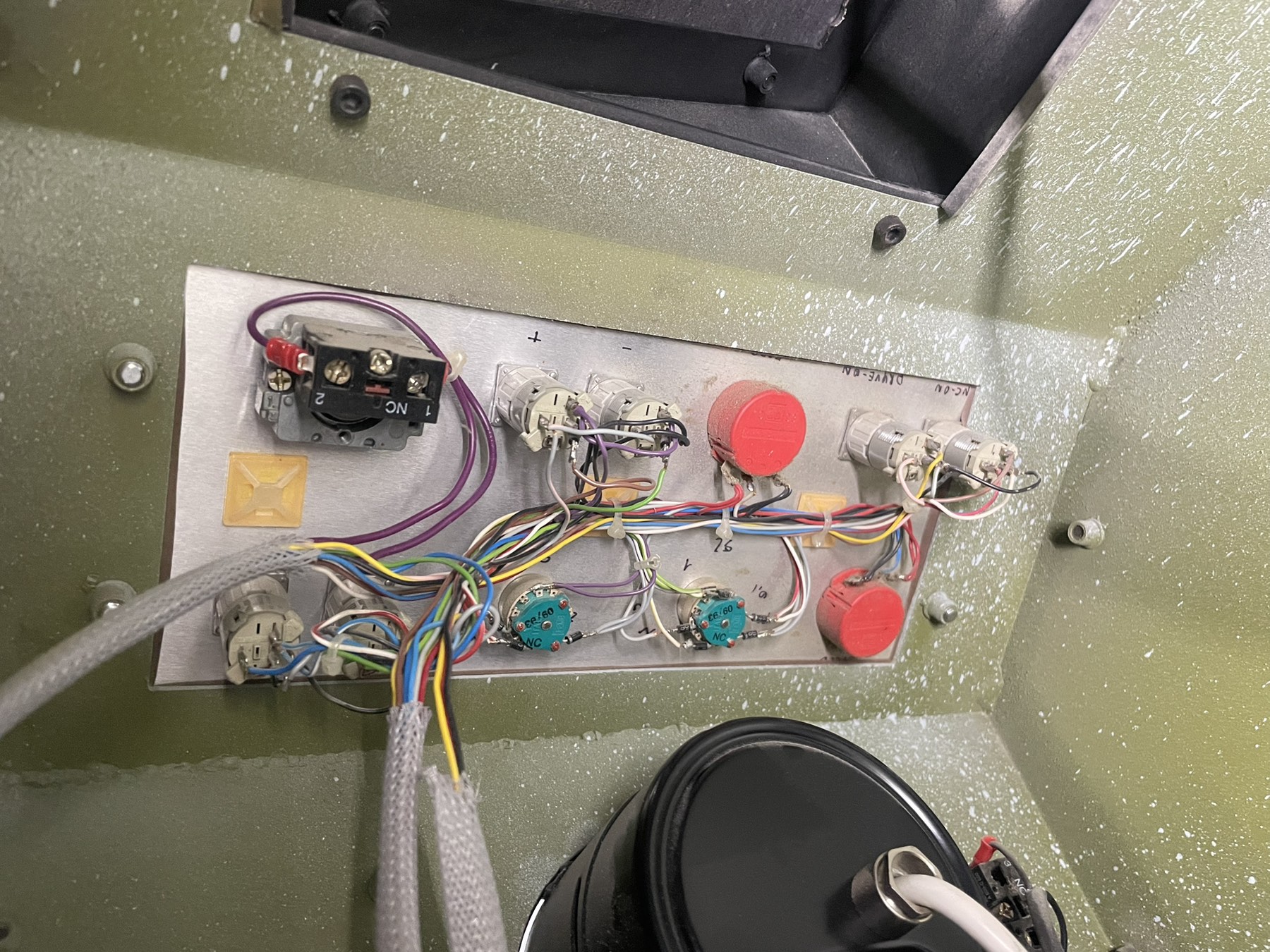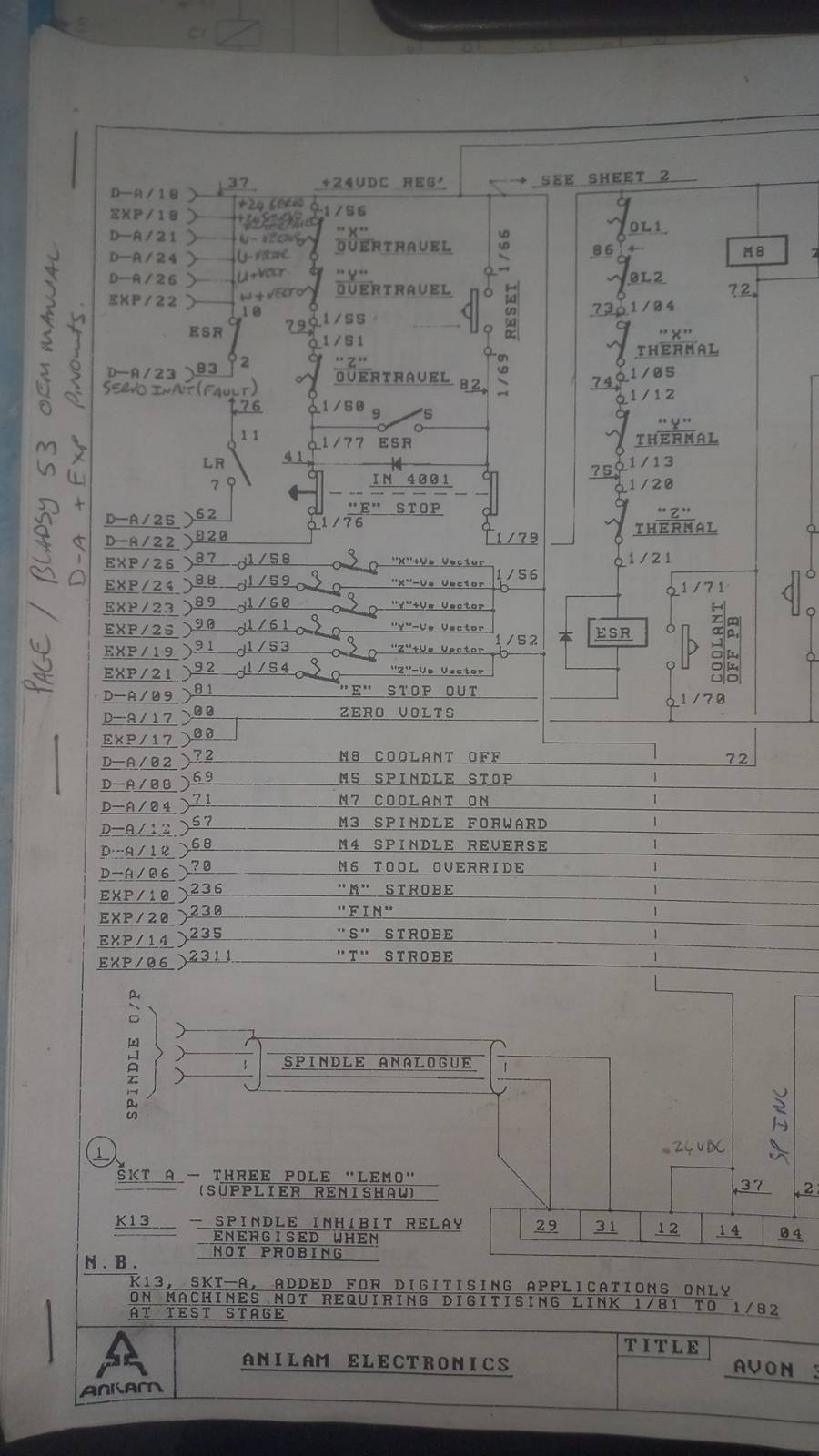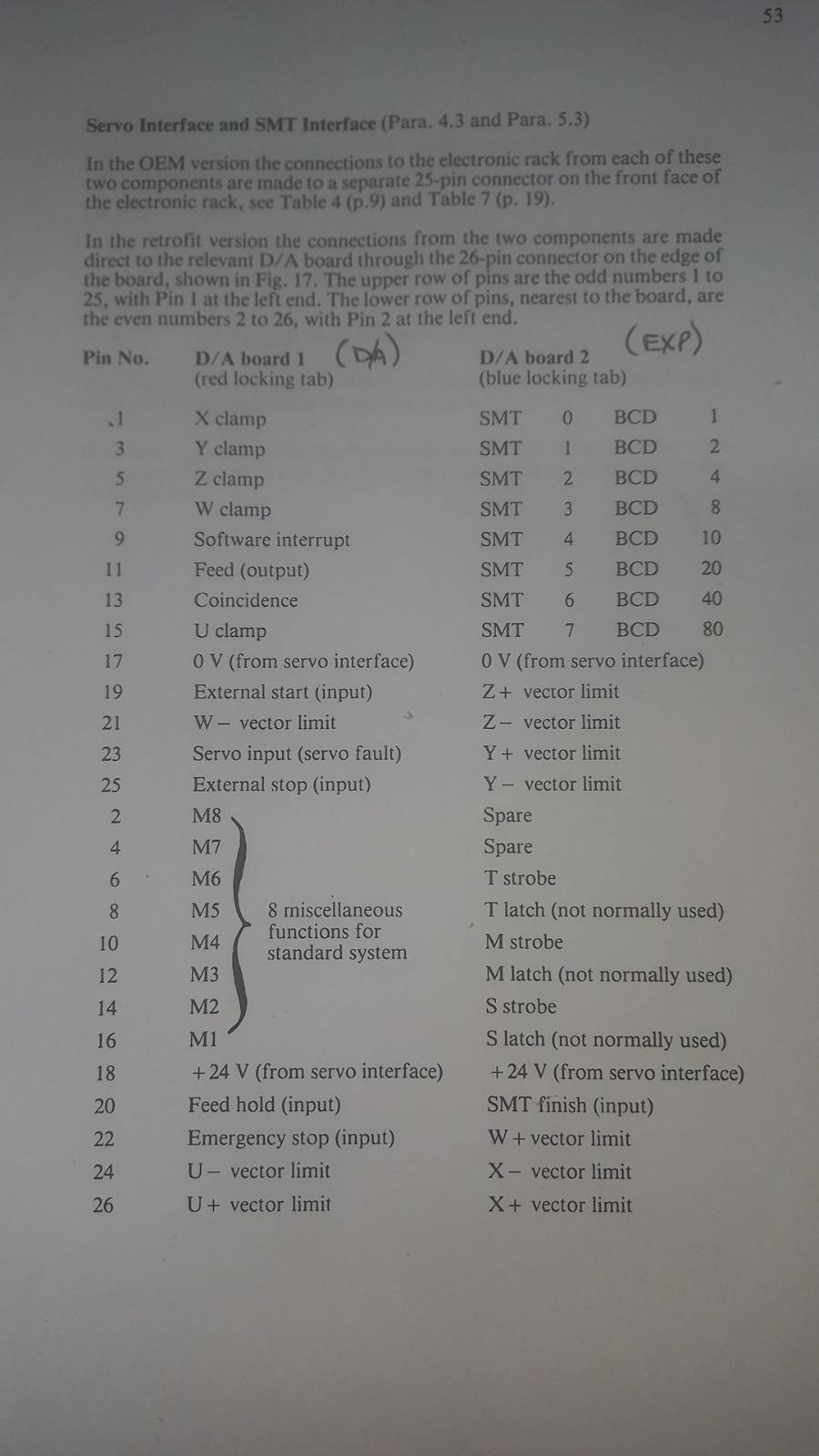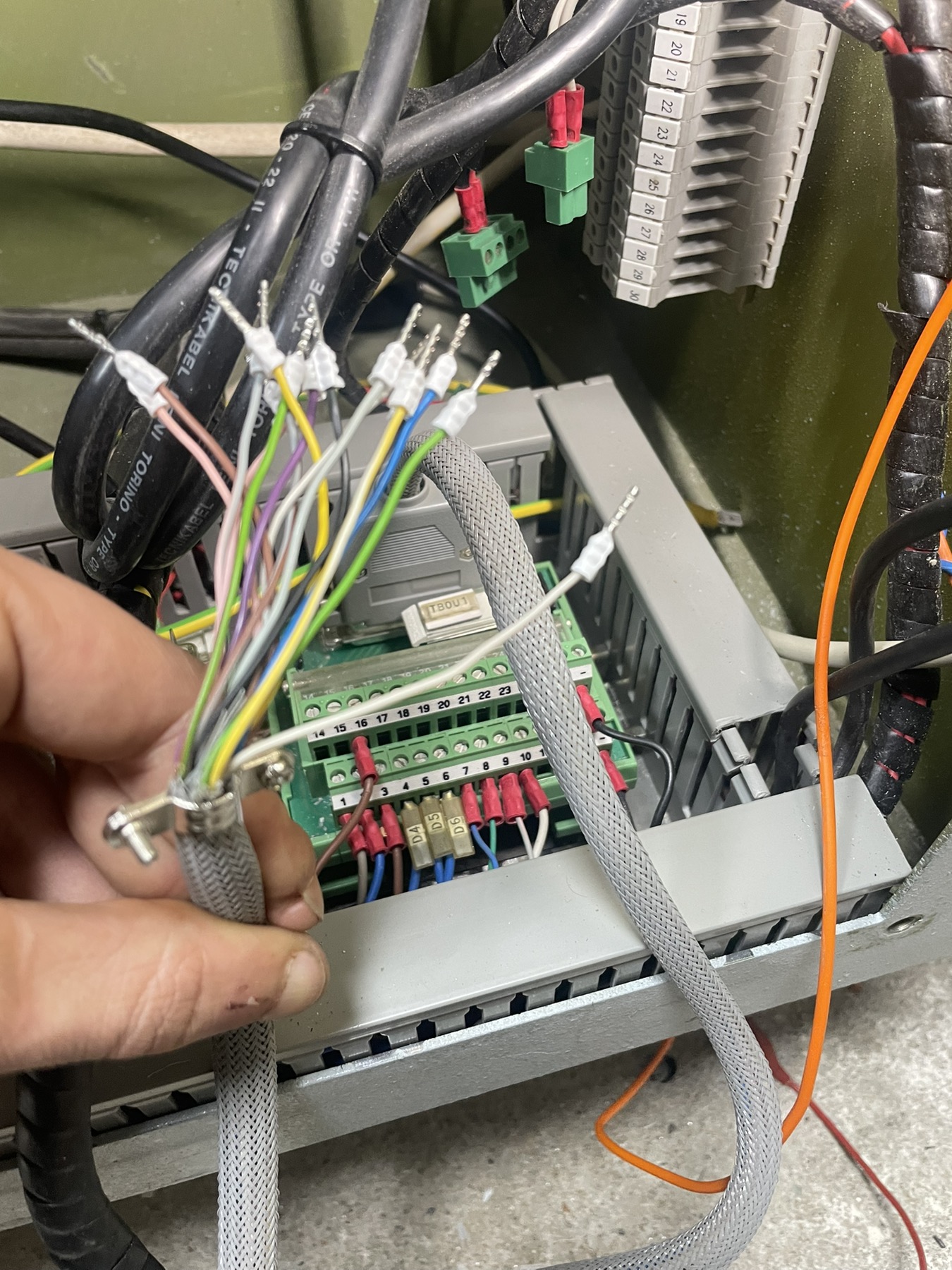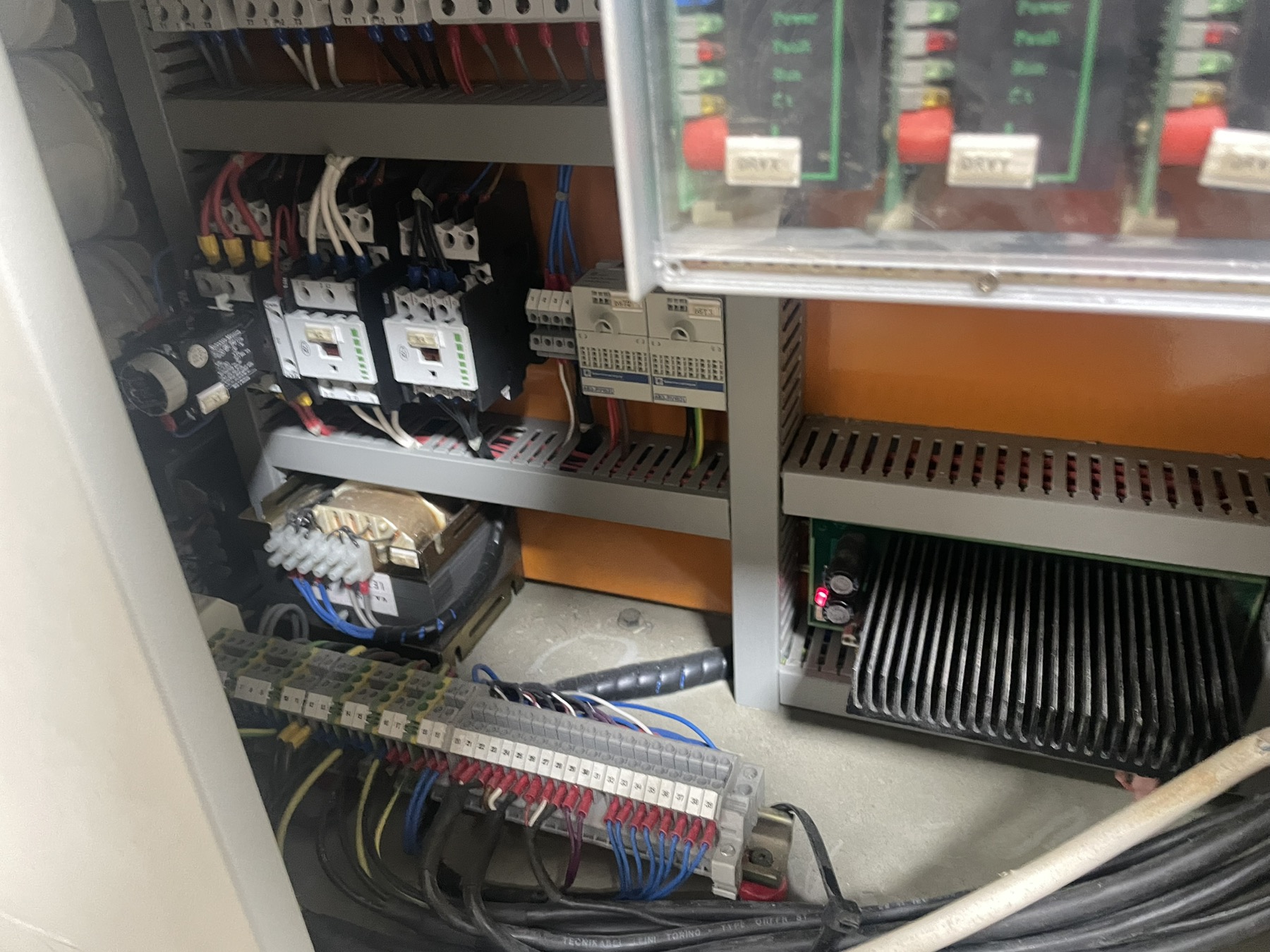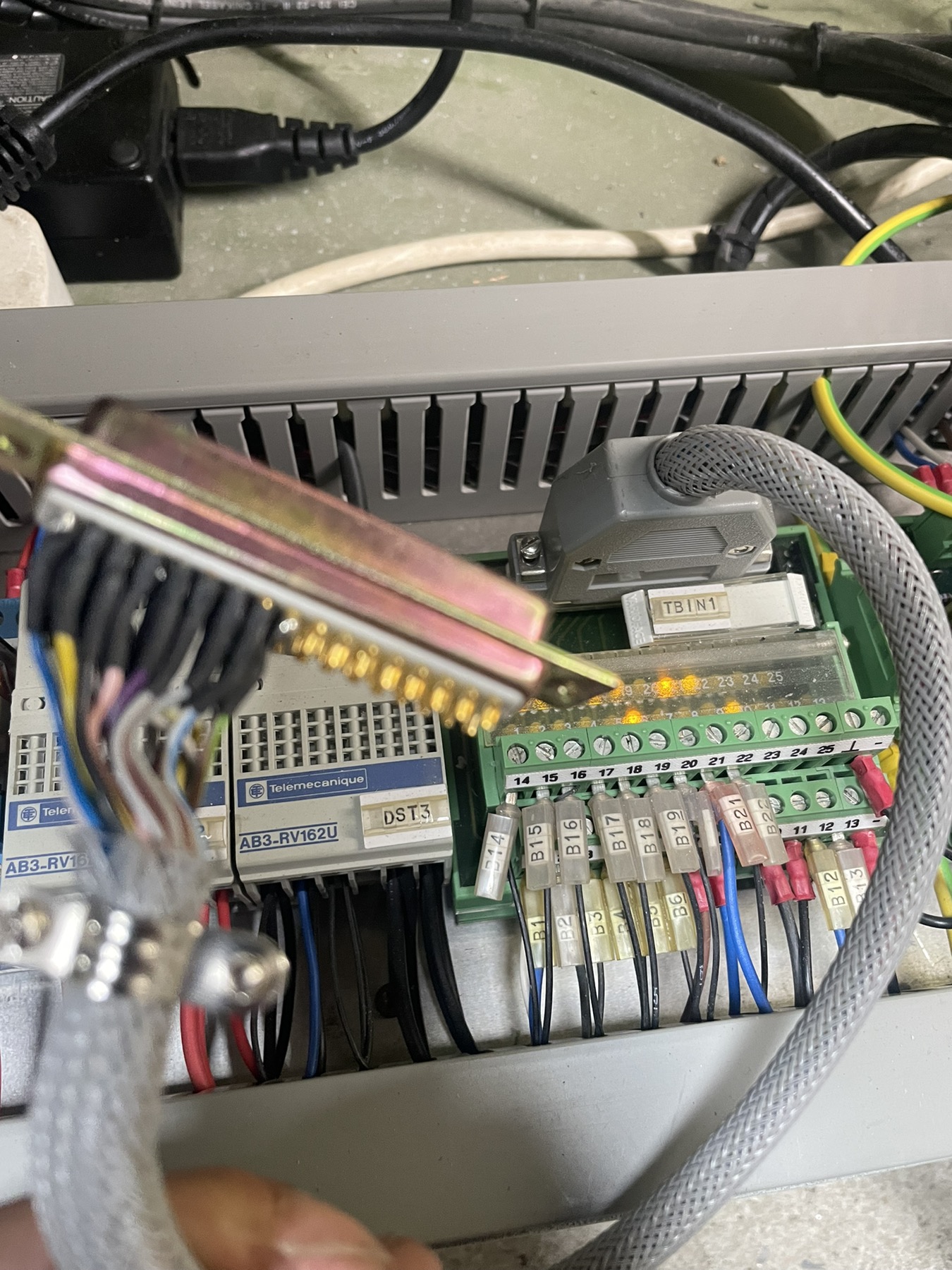Search Results (Searched for: 7i77 spindle)
- Z3n
- Z3n
01 Dec 2025 04:24
Replied by Z3n on topic Red Init & Done Lights on 7i92M
Red Init & Done Lights on 7i92M
Category: Driver Boards
- Masiwood123

30 Nov 2025 22:11 - 30 Nov 2025 22:14
Replied by Masiwood123 on topic Physical buttons to 7i96s+7i77
Physical buttons to 7i96s+7i77
Category: HAL
- unknown
- unknown
30 Nov 2025 07:30
Replied by unknown on topic Red Init & Done Lights on 7i92M
Red Init & Done Lights on 7i92M
Category: Driver Boards
- Masiwood123

29 Nov 2025 12:59
Replied by Masiwood123 on topic Physical buttons to 7i96s+7i77
Physical buttons to 7i96s+7i77
Category: HAL
- Masiwood123

27 Nov 2025 21:27 - 27 Nov 2025 21:28
Replied by Masiwood123 on topic Physical buttons to 7i96s+7i77
Physical buttons to 7i96s+7i77
Category: HAL
- COFHAL
- COFHAL
27 Nov 2025 21:10 - 27 Nov 2025 21:11
Replied by COFHAL on topic Physical buttons to 7i96s+7i77
Physical buttons to 7i96s+7i77
Category: HAL
- PCW
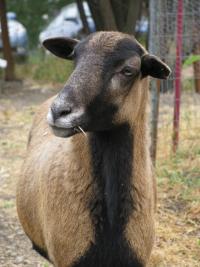
26 Nov 2025 20:27
- Masiwood123

26 Nov 2025 20:02
Replied by Masiwood123 on topic Physical buttons to 7i96s+7i77
Physical buttons to 7i96s+7i77
Category: HAL
- Masiwood123

26 Nov 2025 18:35 - 26 Nov 2025 18:37
Replied by Masiwood123 on topic Physical buttons to 7i96s+7i77
Physical buttons to 7i96s+7i77
Category: HAL
- Masiwood123

26 Nov 2025 11:06 - 26 Nov 2025 11:11
Physical buttons to 7i96s+7i77 was created by Masiwood123
Physical buttons to 7i96s+7i77
Category: HAL
- Z3n
- Z3n
26 Nov 2025 10:45 - 26 Nov 2025 10:49
Converting a Brother TC215 to LinuxCNC was created by Z3n
Converting a Brother TC215 to LinuxCNC
Category: Milling Machines
- zoeper
- zoeper
25 Nov 2025 20:54
Replied by zoeper on topic Avon 3000 Mill retrofit
Avon 3000 Mill retrofit
Category: Milling Machines
- RotarySMP

21 Nov 2025 06:35
Replied by RotarySMP on topic Maho 500 W4 Retrofit
Maho 500 W4 Retrofit
Category: General LinuxCNC Questions
- Masiwood123

10 Nov 2025 10:22
Replied by Masiwood123 on topic beta bulleri for retrofit?
beta bulleri for retrofit?
Category: CNC Machines
- Cooped-Up
- Cooped-Up
06 Oct 2025 10:30
Time to create page: 1.053 seconds

